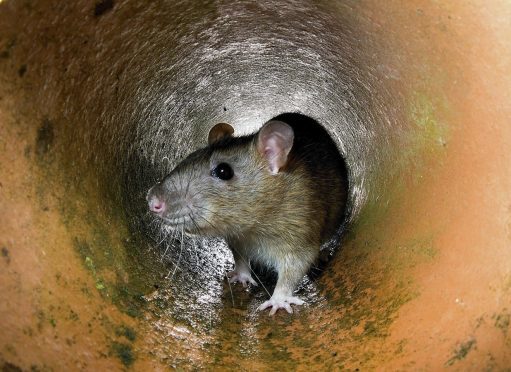They spread disease, travel in packs and reproduce at an alarming rate.
Rats have plagued the world for centuries, resulting in a global war against the rodents.
And now, the role of the rat will be the subject of a new research project at St Andrews university.
Beginning next month, the £990,164 investigation will be led by medical anthropologist Dr Christos Lynteris, who was awarded the Investigator Award in the Humanities and Social Sciences by the Wellcome Trust.
He will lead a research team to study The Global War Against the Rat and the Epistemic Emergence of Zoonosis.
The five-year project will scientifically examine the rat and the public health practices used to control them around the world after their role in the transmission of infectious diseases became known.
The project will explore how knowledge of the rat contributes to our understanding of how disease is transmitted.
By studying the animal medically, and analysing the distribution and control of disease, he aims to enhance our understanding of animal to human infection.
Mr Lynteris said: “The project will explore how knowledge acquired through medical and epidemiological studies of the rat and knowledge acquired during the development and application of practical, public health measures of vector-control (rat-proofing, rat-catching and rat-poisoning) contributed to our understanding of the way in which diseases harboured by animals are transmitted to humans, and of the role that different forms of animal-human contact play in this process of animal to human infection (zoonosis) – a key driver of global health risk today.”
Epidemiology is the study of disease in large populations through analysis of patterns and contributing factors.
One particular focus of the project will be how knowledge formed during the period of 1898 – 1948 contributed to the formation and development of epidemiological ideas.
It will specifically look at three key zoonotic mechanisms: the epizootic (an epidemic among animals) as an amplifier of human infection, the disease reservoir as a key mechanism of pathogen maintenance, and species invasiveness as a driver of the spread of diseases within and between animal species.

